#sea scallops
Text
"When Francois Beyers first pitched the concept of 3D ocean farming to the Welsh regulators, he had to sketch it on napkins.
Today the seafood farm is much more than a drawing, but if you walked along the Welsh coastal path near St David’s, all you’d see is a line of buoys. As Beyers puts it: “It’s what’s below that’s important.”
Thick tussles of lustrous seaweed suspend from the buoys, mussels cling to its furry connective ropes and dangling Chinese lantern-esque nets are filled with oysters and scallops.
“It’s like an underwater garden,” says Beyers, co-founder of the community-owned regenerative ocean farm, Câr-y-Môr. The 3-hectare site is part of a fledgling sector, one of 12 farms in the UK, which key players believe could boost ocean biodiversity, produce sustainable agricultural fertiliser and provide year-round employment in areas that have traditionally been dependent on tourism.
Created in 2020 by Beyers and six family members, including his father-in-law – an ex-shellfish farmer – the motivation is apparent in the name, which is Welsh for “for the love of the sea”. ...
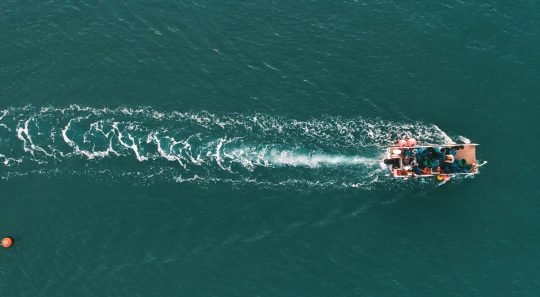
Pictured: Drone shot of Câr-y-Môr, which is on the site of abandoned mussel farms. Image: Scott Chalmers
Ocean farming comes from the technical term ‘integrated multi-trophic aquaculture’, which means a mixture of different seaweed and shellfish species growing together to mutually benefit each other. But it’s not just a way of growing food with little human input, it also creates ocean habitat.
“You’re creating a breeding ground for marine animals,” explains Beyers who adds that the site has seen more gannets diving, porpoises and seals – to name a few – since before the farm was established.
Ocean farms like Câr-y-Môr, notes Ross Brown – environmental research fellow at the University of Exeter – have substantial conservation benefits.
“Setting up a seaweed farm creates an exclusion zone so fishermen can’t trawl it,” explains Brown, who has been conducting experiments on the impacts of seaweed and shellfish farms across the UK.
Brown believes a thriving ocean farming industry could provide solutions to the UK’s fish stock, which is in “a deeply troubling state” according to a report that found half of the key populations to be overfished. “It would create stepping stones where we have safe havens for fish and other organisms,” he adds.
But UK regulators have adopted a cautious approach, note Brown and Beyers, making it difficult for businesses like Câr-y-Môr to obtain licenses. “It’s been a tough old slog,” says Beyers, whose aim is to change the legislation to make it easier for others to start ocean farms.
Despite navigating uncharted territories, the business now has 14 full-time employees, and 300 community members, of which nearly 100 have invested in the community-benefit society. For member and funding manager Tracey Gilbert-Falconer, the model brings expertise but most importantly, buy-in from the tight-knit local community.
“You need to work with the community than forcing yourself in,” she observes.
And Câr-y-Môr is poised to double its workforce in 2024 thanks to a Defra grant of £1.1 million to promote and develop the Welsh seafood industry as part of the UK Seafood Fund Infrastructure Scheme. This will go towards building a processing hub, set to be operational in April, to produce agricultural fertiliser from seaweed.
Full of mineral nutrients and phosphorous from the ocean, seaweed use in farming is nothing new, as Gilbert-Falconer notes: “Farmers in Pembrokeshire talk about their grandad going down to the sea and throwing [seaweed] on their farms.”
But as the war in Ukraine has caused the price of chemical fertiliser to soar, and the sector tries to reduce its environmental impact – of which synthetic fertiliser contributes 5% of total UK emissions – farmers and government are increasingly looking to seaweed.
The new hub will have capacity to make 65,000 litres of sustainable fertiliser annually with the potential to cover 13,000 acres of farmland.
But to feed the processing hub, generate profit and reduce their dependency on grants, the co-op needs to increase the ocean farm size from three to 13 hectares. If they obtain licences, Beyers says they should break even in 18 months.
For now, Beyers reflects on a “humbling” three years but revels in the potential uses of seaweed, from construction material to clothing.
“I haven’t seen the limit yet,” he smiles."
-via Positive.News, February 19, 2024
#wales#welsh#ocean#marine biology#aquaculture#marine life#marine animals#seaweed#sea scallops#oysters#united kingdom#uk#conservation#conservation news#overfishing#environmental news#farming#sustainable agriculture#sustainability#ocean farming#good news#hope
471 notes
·
View notes
Text

A Scallop Sea Shell Headboard
https://toyastales.blogspot.com/2024/04/spring-edition-decorative-headboards.html
#toya's tales#style#april#may#spring#toyastales#toyas tales#home decor#interior design#sea scallops#sea shells#feminine#bedroom furniture#bedroom design#bedroom decor#furniture design#furniture#headboard#pastel#bedroom accessories#bedroom aesthetic#home decorating#decorate#decoration#decor#home improvement#home & lifestyle#home design#home
3 notes
·
View notes
Text

Sautéed Sea scallops salad with Tuscany pressed virgin olive oil, Modena aged balsamic vinegar, fresh chives, tarragon, garlic, salt/pepper, honey, tomatoes, avocados, carrots, mixed baby greens.
#foodglorious-food#foodporn#yummy#foodblogger#foodgloriousfood#dinner#food#food porn#foodblog#foodie#follow foodglorious-food#vieformidable#follow vieformidable#salad#mixed greens#sea scallops#scallops#tarragon#chives#tomatos#carrots#balsamic#extra virgin olive oil#Modena balsamic vinegar#Modena#avocado#honey#mixed baby greens
15 notes
·
View notes
Text
anniversary dinner
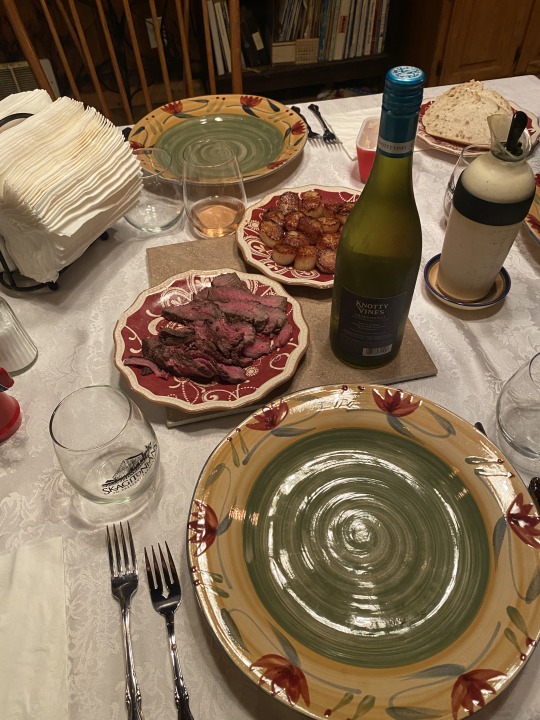
Doesn’t feel like 40. 1984 was a long time ago.
3 notes
·
View notes
Text

#minipainting#miniart#miniature painting#framedpainting#framed artwork#artworks#acrylicpainting#acrylicart#acryliconpaper#aesthetics#seascapepainting#sea scallops#etsyshop#artists on etsy#etsyfinds#etsystore#etsyvintage#homedecor#walldecor#vintagedecor#vintagehome#vintage#antique#vintage painting#vintage art
7 notes
·
View notes
Text




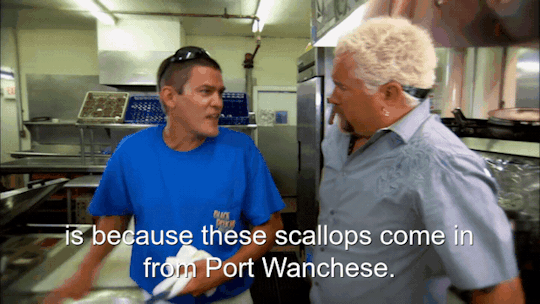
[We're gonna start out with chopped bacon, sea scallops, shrimp. [ Fieri whistles ] Cannot recall well, it was so long ago is because these scallops come in from Port Wanchese.]
#s16e07 land to sea#guy fieri#guyfieri#diners drive-ins and dives#fieri whistles#port wanchese#sea scallops#bacon#shrimp
2 notes
·
View notes
Text
#seafood#plantbased#garlic butter#broccoli#garlicky broccoli#sweet potato#scallops#sea scallops#scallions#cajun food#seafood lovers#plant based lifestyle
2 notes
·
View notes
Text

Inktober day 4: Scallop!
It's that little scallop that Spongebob and Patrick raised (remember that?)
3 notes
·
View notes
Text
Paleo Potato Puree Soup with Scallops and Lime Recipe
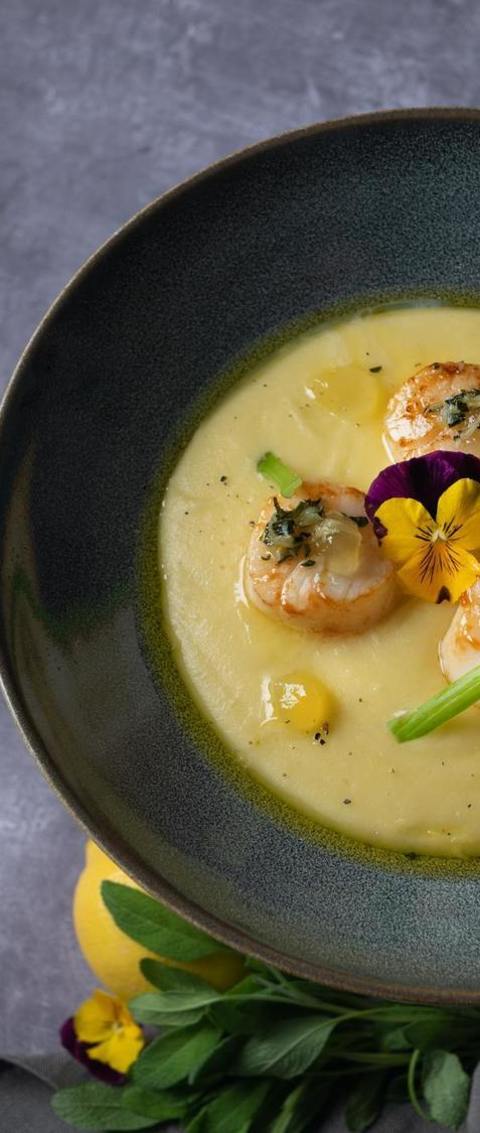
Paleo Potato Puree Soup with Scallops and Lime. This Paleo Potato Puree Soup with Scallops and Lime is a nutritious and tasty way to enjoy a warm bowl of soup. The sweet potatoes add a rich and creamy texture to the soup, while the scallops add a savory flavor. The lime juice finishes the dish with a bright and refreshing flavor.
0 notes
Text
Paleo Potato Puree Soup with Scallops and Lime Recipe

Paleo Potato Puree Soup with Scallops and Lime. This Paleo Potato Puree Soup with Scallops and Lime is a nutritious and tasty way to enjoy a warm bowl of soup. The sweet potatoes add a rich and creamy texture to the soup, while the scallops add a savory flavor. The lime juice finishes the dish with a bright and refreshing flavor.
0 notes
Photo

Scallops with White Wine Sauce II
Scallops go well with a sauce made of white wine, butter, and shallots. For those who don't like creamy sauces, this is simple and flavorless.
0 notes
Text
Paleo Potato Puree Soup with Scallops and Lime Recipe

Paleo Potato Puree Soup with Scallops and Lime. This Paleo Potato Puree Soup with Scallops and Lime is a nutritious and tasty way to enjoy a warm bowl of soup. The sweet potatoes add a rich and creamy texture to the soup, while the scallops add a savory flavor. The lime juice finishes the dish with a bright and refreshing flavor.
0 notes
Text

Scallops any1??
1 note
·
View note
Photo

Shellfish - Cajun Seafood Pasta
This Cajun-inspired seafood pasta recipe uses 3 kinds of pepper to turn up the heat in this creamy shrimp and scallop sauce. Perfect over fettuccine.
0 notes
Photo
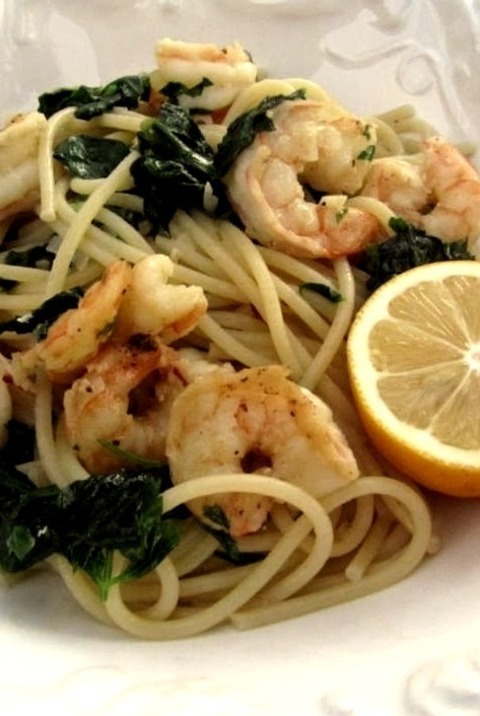
Scallops - New Year Spinach Fettuccine with Scallops
The sharp flavor of spinach wilted in oil combines perfectly with fresh scallops sauteed lightly in garlic and oil, tossed with hot fettuccine, and served with a delectable sauce of cream of mushroom soup, fresh mushrooms and white wine.
0 notes
Photo
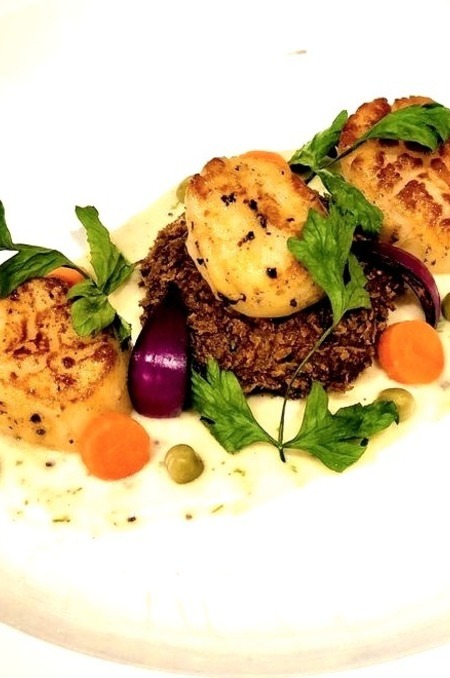
Shellfish Recipe
The few ingredients in this quick and easy recipe, which takes no more than 10 minutes to prepare, bring out the flavor of the sea scallops.
0 notes